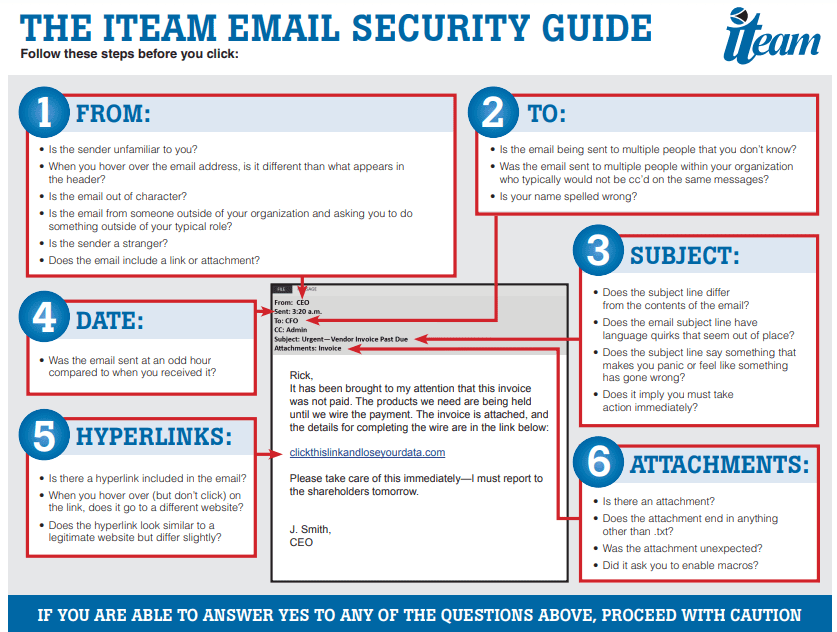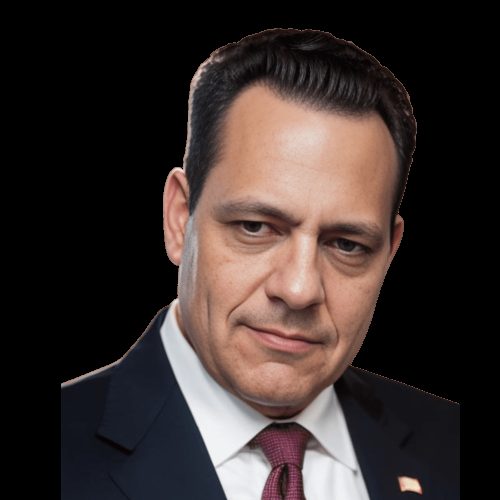How to Educate Your Employees on Phishing Emails
Almost every business will experience a phishing attack at some point. Therefore, it’s essential to be prepared and know how to educate your employees on phishing emails so that they can avoid becoming a victim. This blog post will discuss what phishing is, how to identify a phishing email, and the best ways to educate your employees on phishing emails.
Phishing is a type of cyber attack that uses fraudulent emails to try and trick people into revealing personal or sensitive information. The attacker will usually pose as a trusted individual or organization, such as a bank, and send an email that looks legitimate. This email will typically contain a link that takes the victim to a fake website where they are asked to enter their personal information. Once the attacker has this information, they can use it to commit fraud or identity theft.
There are several things you can look for to help you identify a phishing email. The sender’s address may not match the name of the organization they’re claiming to be from. Also, the email may contain typos or grammatical errors.
In addition, the email may contain unusual links or attachments. Be cautious of any links in emails, even if they look legitimate. If you’re unsure, hover your mouse over the link to see where it will take you before clicking. Don’t open any attachments from unknown senders.
Lastly, the email may create a sense of urgency or fear. For example, the attacker may try to trick you into clicking on a link by saying that your account will be suspended if you don’t take action immediately. For more information on how to check if an email is safe to click on, have a look at the infographic below, which offers some valuable insight.
Infographic Design By iTeam


Originally Published on https://www.breakfastleadership.com/
























